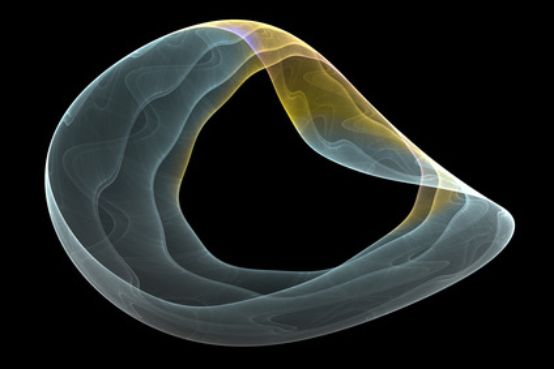The art of coherent combination
The musical work of art as an object of philosophy. A highly abstract analytical observation that can nevertheless have an effect on one's own listening.

For thousands of years, philosophers have cut their teeth on music - on this strange contemporary art that is so difficult to grasp, that suffers from a disease known as autism. Music withdraws when you get too close to it. It is like a pudding that cannot be nailed to the wall. - None of this impresses Gunnar Hindrichs, 42-year-old professor of philosophy at the University of Basel. He is not a psychologist, but is trained in metaphysics and speculative thinking and has studied musicology, including an intensive study of Theodor W. Adorno. What he now does in The autonomy of sound is nothing less than a clarification of fundamental questions: What constitutes a musical work of art? And: What can an ontology of music consist of, i.e. its comprehensive definition of being?
Something like that doesn't read like a joke in the View. Hindrichs assumes a knowledge of Adorno's concept of material as well as Helmut Lachenmann's aesthetic writings and significant developments in music history from the 13th century to the present day. Hindrichs actually succeeds in combining all of this coherently. This is due to an unconditional concentration on his initial questions and a high capacity for abstraction. In 252 paragraphs and six chapters, he traverses fundamental aspects of music: the musical material is discussed in a modified form, from musical sound to musical time and space to musical meaning and musical thought.
Such elementary things cannot take place without frictional losses, without exclusion. There are no musical examples, nor are there any specific references to works. When Hindrichs refers to music history, it is usually in the form of overarching terms that betray the progressive-minded philosopher. Musique concrète, New Conceptualism, Musique spéctrale as well as Lachenmann's Musique concrète instrumentale - all of these occur, although the noise-heavy "material" on which these phenomena are based visibly comes into friction with the categories formed. In terms of his ontological determination, Hindrichs has to accept this. He does not deny this, but distinguishes between thinking about Music and thinking in Music.
The immanent definition of the musical work of art touches on ideas of absolute music. Hindrichs excludes non-European and functional music as well as institutional, music-sociological or music-ethnographic questions, which he is clearly skeptical about. This does not diminish his merit. After reading it, one hears music differently. His cool analytical view becomes warmer in the direct encounter with sound. That alone is a great gain!
Gunnar Hindrichs, The Autonomy of Sound. A Philosophy of Music, 272 p., Fr. 24.50, stw 2087, Suhrkamp, Berlin 2014, ISBN 978-3-518-29687-5








